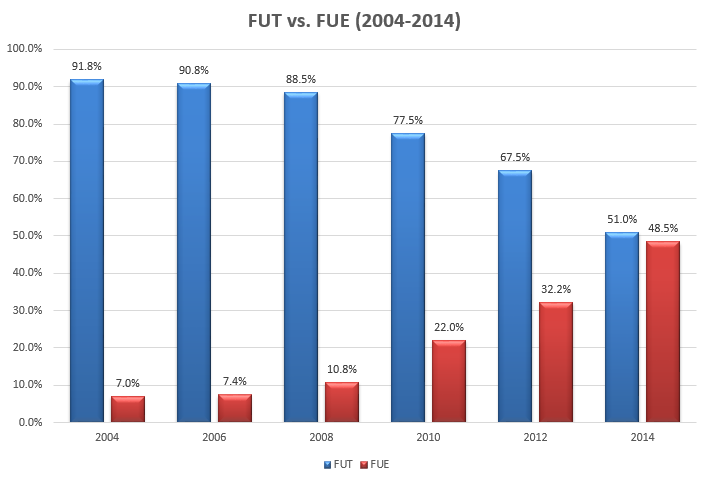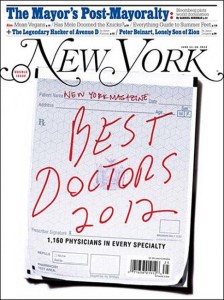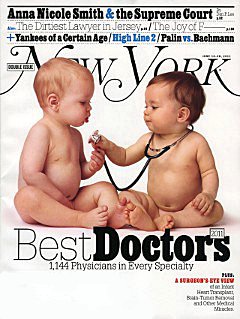Research published in the International Journal of Trichology in 2012 found that the antiandrogen ((Alonso R, Prieto L, Hernandez C, Mas M. “Antiandrogenic effects of the pineal gland and melatonin in castrated and intact prepubertal male rats.” J Endocrinol. 1978 Oct; 79(1):77-83.)) and antioxidant ((Tan DX, Chen LD, Poeggeler B, Manchester LC, Reiter RJ. “Melatonin: A potent, endogenous hydroxyl radical scavenger.” Endocr J. 1993;1:57–60.)) properties of the hormone melatonin could be made into a topical solution for the treatment of early stage androgenetic alopecia, or common male and female pattern baldness. Four different study designs observed that daily application of the melatonin solution to the scalp reduced hair loss and, in some cases, caused new hair growth. ((Fischer, Tobias W et al. “Topical Melatonin for Treatment of Androgenetic Alopecia.” International Journal of Trichology 4.4 (2012): 236–245. PMC. Web. 25 Mar. 2015.))
Background
Melatonin is primarily known as a neurohormone that is produced in the brain’s pineal gland and is involved in regulating the body’s physiological response to natural cycles of light and darkness, called circadian rhythms. ((Lerner AB, Case JD, Takahashi Y. “Isolation of melatonin, a pineal factor that lightens melanocytes.” J Am Chem Soc.1958;80:2587.)) More recent research showed that not only is melatonin produced by other organs, including the skin, ((Slominski A, Pisarchik A, Semak I, Sweatman T, et al. “Serotoninergic and melatoninergic systems are fully expressed in human skin.” FASEB J. 2002 Jun;16 (8):896-8. Epub 2002 Apr 23.)) but melatonin is produced by, and melatonin receptors are found in, hair follicles. ((Fischer TW, Slominski A, Tobin DJ, Paus R. Melatonin and the hair follicle. J Pineal Res. 2008 Jan; 44(1):1-15.)), ((Fischer TW. “The influence of melatonin on hair physiology.” Hautarzt. 2009 Dec; 60(12):962-72.)), ((Kobayashi H, Kromminga A, Dunlop TW, et al. “A role of melatonin in neuroectodermal-mesodermal interactions: the hair follicle synthesizes melatonin and expresses functional melatonin receptors.” FASEB J. 2005 Oct; 19(12):1710-2.)) In year 2000, a low dose of melatonin was found to stimulate hair follicle growth in a laboratory setting. ((Fischer TW, Fischer A, Knöll B, Hipler UC, Elsner P. “Melatonin in low doses enhances in vitro human hair follicle proliferation and inhibits hair growth in high doses.” Arch Derm Res. 2000;292:147.))
In the 2012 study commissioned by ASATONA AG; out of Zug, Switzerland; a solution consisting of a 0.0033% concentration of melatonin, along with the antioxidant ginkgo biloba and important micronutrient biotin, was tested for its efficacy in slowing hair loss and its safety and tolerability. This was the first attempt to confirm the in vitro year 2000 findings in a clinical setting.
Findings
From January 2003 to October 2006 the melatonin solution was subjected to five rounds of testing, each with a different study design. The first study tested the safety of the solution in a double-blind, placebo-controlled cross-over study on four fertile and four postmenopausal healthy women. This test found a slightly elevated, but not significantly different, serum melatonin level after 14 days of treatment compared to placebo. There were no safety or health impacts of the treatments.
The second phase of the study found a significant reduction in severity of hair loss in 30 patients with early hair loss after 30 days of treatment, with a further significant drop after 90 days. The importance of the study is limited, however, due to the fact that there was no placebo employed to act as a study control. Also, the results were, in part, obtained through subjective questionnaires completed by the patients.
Phase three was a more reliable and objective open-label, clinically controlled study involving 35 men with androgenetic alopecia. In this study, researchers used TrichoScan, a sensitive software and hardware package that uses epiluminescence to measure hair loss. Hair density was found to increase in over half of the subjects. The average increase in density was 29% after three months and 41% at six months.
In study four, hair stylists at four salons performed a standardized before-and-after comparison on 40 male and 20 female patients with early stage hair loss who applied the treatment for 90 days. Female patients experienced significant reductions after 40 days and further significant reduction after another 40 days. Hair loss in the male patients was stable throughout the treatment.
Study five was a large-scale, open-label, multi-center study involving 1891 female and male patients with early stage androgenetic alopecia. After 90 days of treatment, the proportion of patients with a positive hair pull test (which indicates ongoing hair loss) fell from 61.6% to 7.8%. Negative hair pull tests, which indicate no hair loss, rose from 12.2% to 61.5% in the same period. Using standardized examination forms, investigators found significantly reduced hair loss in two-thirds of patients. New hair growth was measured in 22.5% of patients. Further, the proportion of patients with moderate to severe presentation of the skin condition seborrhea dropped by over 30%.
Summary
Topical application of the solution containing melatonin, ginkgo biloba and biotin was found to reduce hair loss, and in some cases grow new hair. Incidence of seborrhea was also reduced by the treatment. While the exact mechanism for this result is unknown, if effective, it is likely related to the antioxidative effect of melatonin and/or a melatonin receptor-mediated antiandrogenic effects. More research on melatonin needs to be conducted, but this study acts as a proof of concept for the use of melatonin as a treatment for early hair loss in men and women and potentially as a treatment for seborrhea. Currently, only two medications are approved by the Food and Drug Administration (FDA) for the treatment of hair loss, finasteride and minoxidil, and so the addition of a third type of medical treatment might be beneficial for patients who are not indicated for those drugs or would prefer an alternative treatment.
Posted by Robert M. Bernstein M.D. 


 New York, NY —
New York, NY — 

 New York, NY —
New York, NY —  New York, NY — Robert M. Bernstein, M.D., F.A.A.D., the world-renowned hair transplant physician, pioneer of the
New York, NY — Robert M. Bernstein, M.D., F.A.A.D., the world-renowned hair transplant physician, pioneer of the 
 Dr. Angela Christiano, a colleague of Dr. Bernstein’s at Columbia University, has been studying the causes of alopecia areata and genetic hair loss for many years. She, in fact, suffers from the disease as well.
Dr. Angela Christiano, a colleague of Dr. Bernstein’s at Columbia University, has been studying the causes of alopecia areata and genetic hair loss for many years. She, in fact, suffers from the disease as well.





